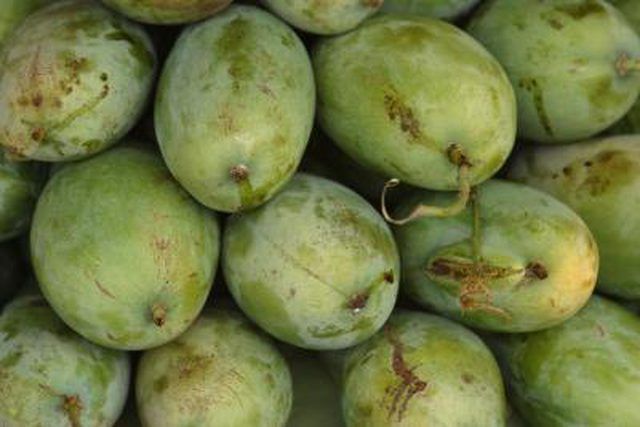Bulbs
Flower Basics
Flower Beds & Specialty Gardens
Flower Garden
Garden Furniture
Garden Gnomes
Garden Seeds
Garden Sheds
Garden Statues
Garden Tools & Supplies
Gardening Basics
Green & Organic
Groundcovers & Vines
Growing Annuals
Growing Basil
Growing Beans
Growing Berries
Growing Blueberries
Growing Cactus
Growing Corn
Growing Cotton
Growing Edibles
Growing Flowers
Growing Garlic
Growing Grapes
Growing Grass
Growing Herbs
Growing Jasmine
Growing Mint
Growing Mushrooms
Orchids
Growing Peanuts
Growing Perennials
Growing Plants
Growing Rosemary
Growing Roses
Growing Strawberries
Growing Sunflowers
Growing Thyme
Growing Tomatoes
Growing Tulips
Growing Vegetables
Herb Basics
Herb Garden
Indoor Growing
Landscaping Basics
Landscaping Patios
Landscaping Plants
Landscaping Shrubs
Landscaping Trees
Landscaping Walks & Pathways
Lawn Basics
Lawn Maintenance
Lawn Mowers
Lawn Ornaments
Lawn Planting
Lawn Tools
Outdoor Growing
Overall Landscape Planning
Pests, Weeds & Problems
Plant Basics
Rock Garden
Rose Garden
Shrubs
Soil
Specialty Gardens
Trees
Vegetable Garden
Yard Maintenance
How to Transplant a Mango Tree
How to Transplant a Mango Tree. Mango trees are a tropical species that produces sweet, oval fruit about the size of a pear. The outer flesh of a mango fruit is light green, with peach or pink-colored inner flesh. Bay Laurel Nursery recommends that fruit trees get six hours of sun a day, and multiple trees should be spaced 10 to 15 feet apart.

Mango trees are a tropical species that produces sweet, oval fruit about the size of a pear. The outer flesh of a mango fruit is light green, with peach or pink-colored inner flesh. Bay Laurel Nursery recommends that fruit trees get six hours of sun a day, and multiple trees should be spaced 10 to 15 feet apart.
Things You'll Need
Water
Shovel
Wheelbarrow
Tape measure
Topsoil (optional)
Wait until the early spring once danger of frost has passed. Identify a new planting site for the mango tree that has full sunlight and well-draining soil. The ideal location is at the top of a hill or slope. Choose an area near the south side of a home or near a paved area to help heat the soil in winter.
Place potted mango trees into the chosen location and leave them in direct sunlight for one week to help them acclimate. Monitor them daily and add water if the leaves start to wilt. If you are transplanting a mango tree previously planted in the ground, no acclimation is required.
Dig a trench around the base of a planted mango tree, staying at least 1 1/2 to 2 feet away from the trunk. The trench should be approximately 5 to 6 inches deep. Then begin digging out the soil under the mango roots being careful not to cut them with the shovel.
Grasp the base of the trunk and gently lift the mango tree out of the soil with the help of another person if needed. Place it in a wheelbarrow to make transporting it easier.
Measure the width of the root ball using a tape measure and dig a hole at the new location that is twice as wide as the roots. Make the hole the same depth as that of the root system. Loosen up the sides of the hole by hitting them with a shovel. Place a small mound of dirt into the bottom of the hole.
Insert the mango root ball into the center of the hole and arrange the roots over the top of the mound. Back fill the hole with soil until it is full.
Create a 4-inch-tall circle of soil around the base of the mango tree, using any remaining soil or additional top soil if needed. Fill the inside of the circle with water until it reaches the top and allow the water to soak down into the soil.